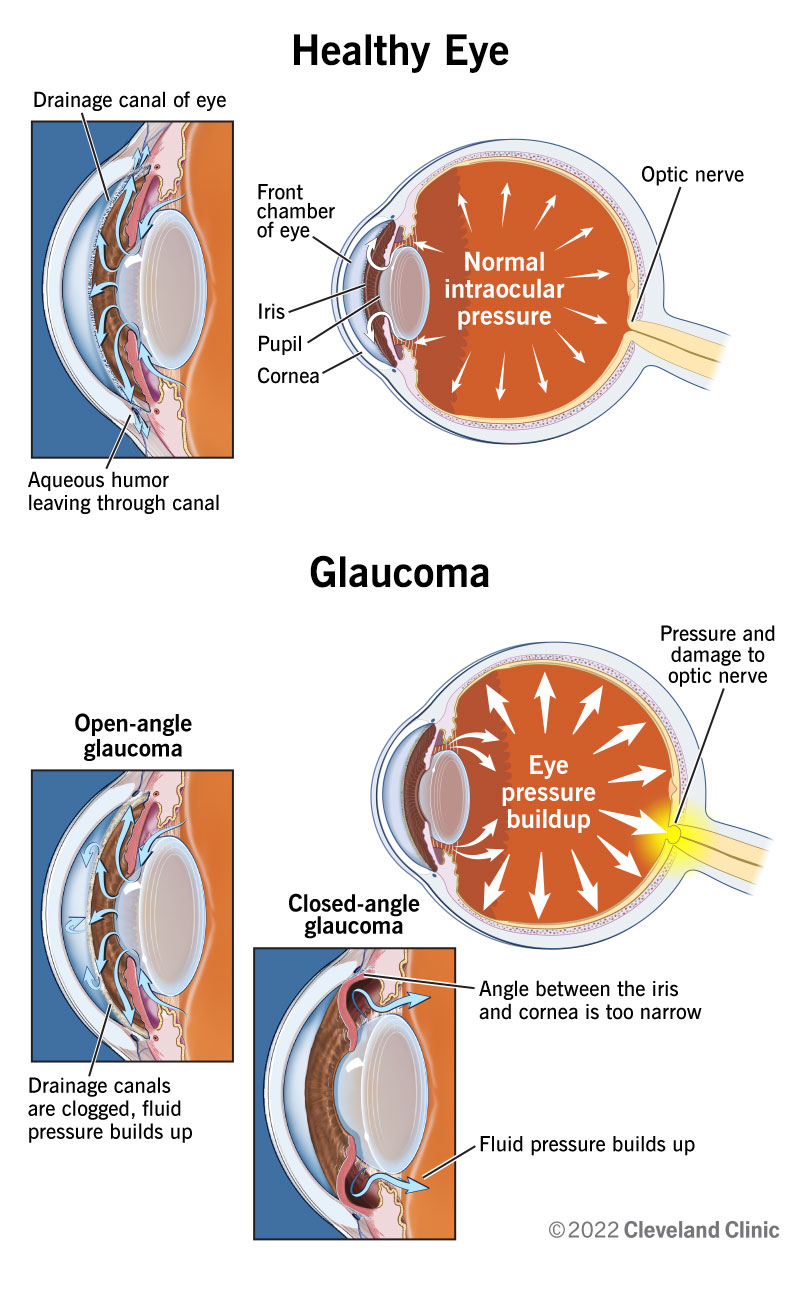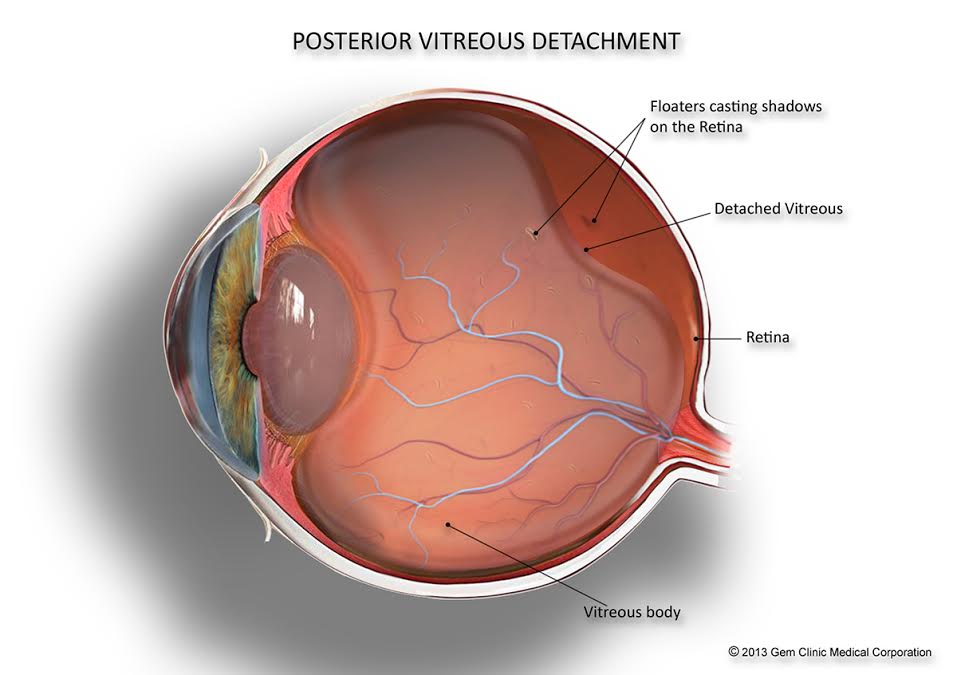Advanced Refractive Surgeries in AL: Transform Your Vision Today
Advanced Refractive Surgeries in AL: Transform Your Vision Today
Blog Article
Recognizing the Different Vision Modification Procedures Available for Clearer View
In the world of vision improvement procedures, a multitude of options exist to address refractive mistakes and give individuals with more clear sight. From the commonly acknowledged LASIK surgery to much less intrusive procedures like PRK and implantable lenses, the field of ophthalmology provides a variety of techniques customized to match different requirements and choices. Each procedure includes its very own collection of factors to consider, benefits, and prospective dangers. Recognizing the subtleties of these vision modification approaches is essential for making notified choices concerning one's visual health. Allow's explore the complexities of these procedures and clarified the course to achieving improved vision clearness.
LASIK Surgery
LASIK surgical treatment is a common refractive treatment utilized to fix vision troubles such as farsightedness, astigmatism, and nearsightedness. This surgical strategy, which stands for Laser-Assisted in Situ Keratomileusis, intends to improve the cornea to improve how light is concentrated on the retina, inevitably enhancing vision clarity.
One of the key benefits of LASIK surgical procedure is the rapid renovation in vision experienced by people. Numerous individuals notice a significant enhancement in their vision instantly after the treatment. In addition, most individuals report minimal pain and pain throughout the surgery and recovery period. The healing time for LASIK is reasonably fast, with several individuals returning to their everyday tasks within a day or 2 post-operation. Overall, LASIK surgical treatment is a preferred option for people looking for a lasting remedy for their vision problems.
PRK Procedure
While additionally a common refractive treatment, the PRK (Photorefractive Keratectomy) technique varies from LASIK surgical treatment in its approach to remedying vision problems. In PRK, rather of creating a flap on the cornea, the outer layer of the cornea, called the epithelium, is entirely removed. This allows the laser to improve the cornea to correct refractive errors such as farsightedness, nearsightedness, and astigmatism straight on the surface.

In spite of the longer healing time, PRK can generate superb lead to vision improvement, making it an important option for those that might not appropriate prospects for LASIK surgical procedure.
Implantable Lenses
Unlike PRK where the cornea is reshaped directly, implantable lenses offer another method for fixing vision by placing synthetic lenses inside the eye. This treatment is particularly useful for people with high degrees of farsightedness, nearsightedness, or astigmatism that might not appropriate prospects for laser surgical treatments like LASIK or PRK.
Implantable lenses, additionally called phakic intraocular lenses, job by supplementing the eye's natural lens with a man-made one. glaucoma service near me. These lenses can be placed before the all-natural lens (anterior chamber) or behind the iris and in front of the all-natural lens (posterior chamber) By readjusting the power and positioning of these lenses, eye doctors can efficiently correct refractive errors and enhance visual skill
One advantage of implantable lenses is that they are exchangeable and detachable, supplying versatility for future adjustments. Nonetheless, as with any kind a fantastic read of operation, there are dangers included, such as infection or cataract formation. Clients taking into consideration implantable lenses should consult with an eye treatment specialist to determine one of the most appropriate choice based on their individual needs and eye health.
Corneal Rings
Corneal rings, additionally called intracorneal ring segments, are tiny, transparent devices inserted into the cornea to correct vision distortions such as keratoconus. Keratoconus is a problem where the cornea thins and protrudes external, causing vision to come to be distorted. The insertion of corneal rings assists to squash the cornea, improving aesthetic skill and minimizing the uneven astigmatism brought on by keratoconus.
The treatment for inserting corneal rings is minimally invasive and fairly fast, typically executed as an outpatient procedure. During the surgical procedure, the ophthalmologist makes a tiny cut in the cornea and inserts the rings at a details depth. Once in position, the rings aid to reshape the cornea, offering a smoother surface for light to get in the eye, which can result in clearer vision.
Corneal rings are taken into consideration a relatively easy to fix procedure, as they can be removed or replaced if needed. eyecare near me. While they might not completely remove the need for glasses or contact lenses, corneal rings can significantly you can try these out enhance vision high quality and total aesthetic comfort for people with keratoconus or various other corneal abnormalities
Refractive Lens Exchange
Complying with the modification of corneal abnormalities with treatments like corneal rings, one more vision modification method that can attend to refractive mistakes is Refractive Lens Exchange (RLE) RLE is a procedure that involves replacing the eye's all-natural lens with a fabricated intraocular lens (IOL) to deal with refractive mistakes such as presbyopia, nearsightedness, and farsightedness. This treatment is especially advantageous for individuals that might not appropriate candidates for treatments like LASIK or PRK because of aspects such as thin corneas or high refractive mistakes.

Final Thought
To conclude, there are numerous vision correction treatments available to assist individuals accomplish more clear view. LASIK surgery, PRK procedure, implantable lenses, corneal rings, and refractive lens exchange are all choices that can attend to various vision problems. It is essential for individuals to consult with their eye care company to figure out one of the most ideal treatment based upon their details demands and choices. With advancements in technology, achieving improved vision is now more accessible than in the past.
In the world of vision improvement treatments, a wide variety of choices exist to deal with refractive errors and provide people with more clear view.LASIK surgical procedure is an usual refractive treatment used to correct vision troubles such as farsightedness, nearsightedness, and astigmatism.While also an usual refractive procedure, the PRK (Photorefractive Keratectomy) strategy varies from LASIK surgical treatment in its approach to dealing with vision issues.Following the improvement of corneal irregularities with treatments like corneal rings, one more vision correction method that can address refractive mistakes is Refractive Lens Exchange (RLE) LASIK surgical treatment, PRK procedure, implantable lenses, corneal rings, and refractive lens exchange are all choices that can address various vision issues.
Report this page